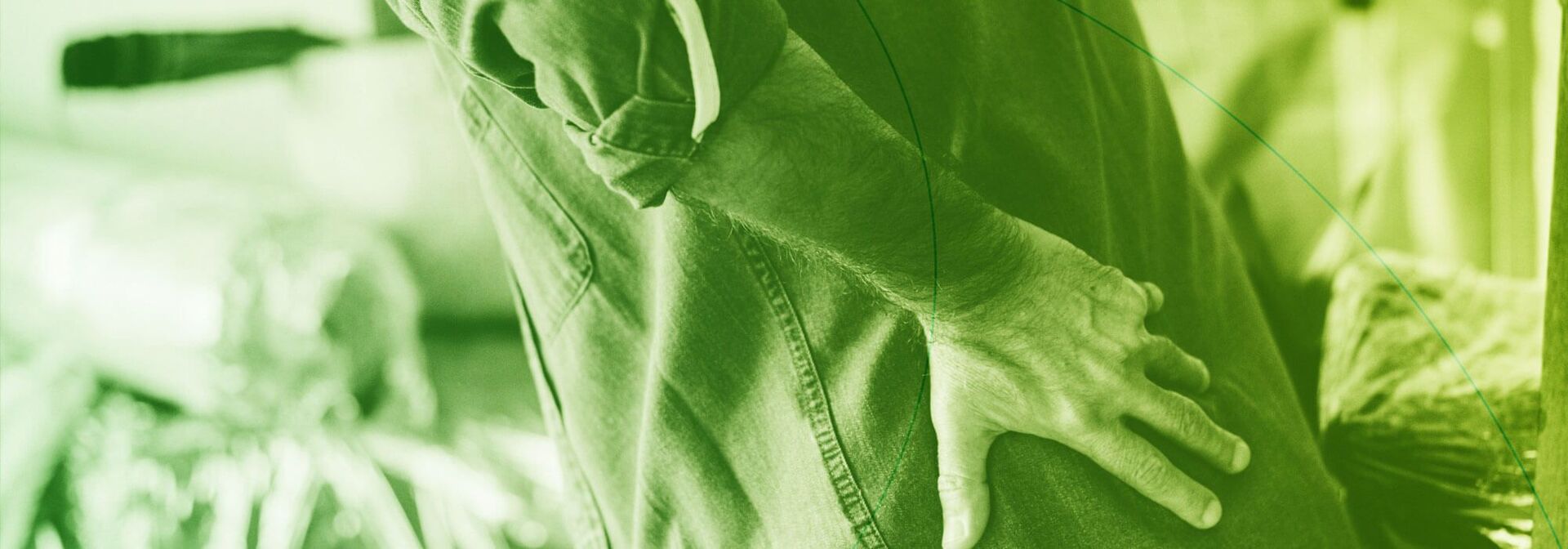Patients
The key element in the diagnosis of sacroiliac dysfunction is pain. Many authors have attempted to define a typical pain pattern associated with the SIJ. Several of these reports describe patients reporting pain in one or both buttocks at or near the posterior superior iliac spine (PSIS).
However, pain radiating to the hip, posterior thigh, or even calf has been described. Patients often relate that pain especially worsens when they have been sitting for long periods or when they perform twisting or rotary motions.
Pain quality: The pain is described as a dull ache or sharp, stabbing, or knifelike. Pain distribution: Reported distributions are the buttocks, back of the thigh, and upper back; it can be unilateral or bilateral.
History: Importantly, exclude a history of inflammatory disorders (eg, inflammatory bowel disease, Reiter syndrome). Fevers, weight loss, and pain in the night with night sweats: These are potential red flags for a systemic illness. Pain that is worse in the morning (morning stiffness) and resolves with exercise: This pattern is consistent with an inflammatory disease.
